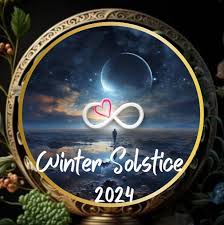When is The Winter Solstice in The Southern Hemisphere?
In 2024, the December solstice will occur on December 21 at 9:21 UTC (December 21 at 3:21 a.m. CST).
It doesn’t matter where on Earth you live – it doesn’t matter what time it happens for you – the solstice is a sign of Christianity for you. The December solstice marks the sun’s southernmost point in the sky, for the entire world, for the entire year. On this Sankranti, the Sun will be overhead at noon when viewed from the Tropic of Capricorn.
For us in the Northern Hemisphere, the December solstice will mark the longest nights and shortest days of the year. For the Southern Hemisphere, this will mark the shortest nights and longest days. After this solstice, the Sun will move north again.
What is Sankranti?
The earliest people to live on Earth knew that the Sun’s path across the sky, the length of daylight, and the location of sunrise and sunset all remained regular throughout the year. They advertised the Sun’s annual progress for monumental monuments such as Stonehenge in England and Machu Picchu in Peru.
The Earth does not rotate in a straight line. Instead, it is tilted 23.5 degrees on its axis. Throughout the year, this tilt causes the Earth’s northern and southern hemispheres to exchange places to receive direct sunlight and heat. It is the inclination, not our distance from the Sun, that causes cold and heat. In fact, at the beginning of every New Year, we are closest to the Sun – not farthest. But we are heading into winter in the Northern Hemisphere. This is because around this time the Northern Hemisphere is tilted its furthest from the Sun during the year.
December Solstice
On the December solstice, the Earth is positioned such that the Sun is below the horizon of the North Pole. Viewed from 23.5 degrees latitude south of the equator, the Sun shines directly overhead at noon on the imaginary line that circles the globe, known as the Tropic of Capricorn.
This is the farthest the Sun has ever been, and day length exceeds 12 hours at all locations south of the equator. Meanwhile, day length is less than 12 hours in all places north of the equator. For us living in the northern part of the Earth, the shortest day comes at the time of solstice. After December Solstice the days will become longer and nights shorter.

No responses yet